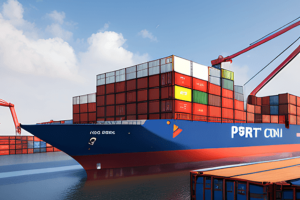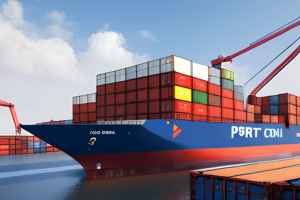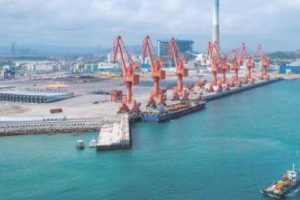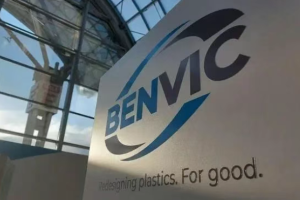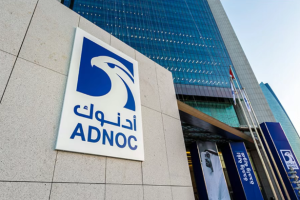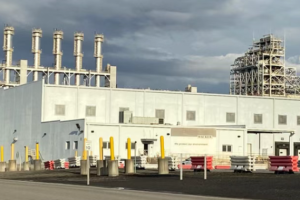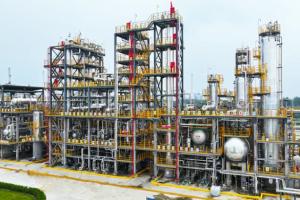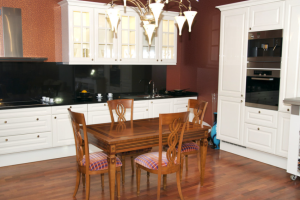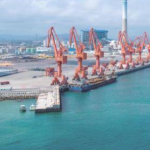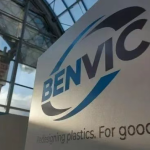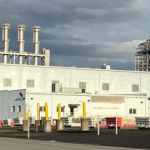March 28, 2025 – A quiet revolution in construction is unfolding in Frankfurt, spearheaded by three industry giants: BASF, Sto, and ABG. They are transforming discarded foam packaging into eco-friendly building materials that keep homes warm, and they’re doing it with just 10% recycled material. So, what green secrets does this revolution hold?
Once deemed worthless, EPS foam is now the “golden armor” in the construction sector. In the Rhine-Main region of Germany, an old apartment block with 52 units has been cloaked in a special “outer layer.” This innovative insulation panel replaces 10% of polystyrene (PS) with recycled EPS foam. These materials, once seen as “white pollution,” are mechanically recycled and cleverly combined with graphite-enhanced Neopor® particles to create rEPS boards that match the performance of traditional products. The breakthrough lies in the dual synergy of graphite and recycled material: graphite boosts thermal reflectivity, while recycled content reduces the use of virgin plastic. The boards’ compressive strength and fire resistance meet market standards, while their carbon footprint is significantly reduced.
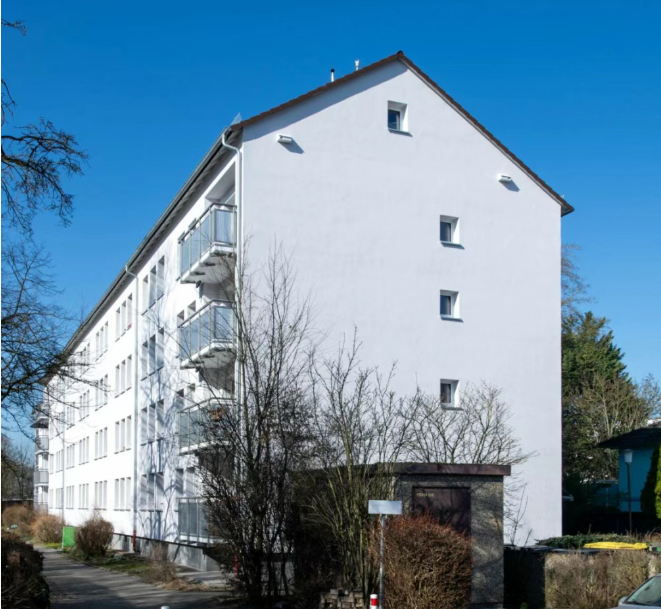
Behind this innovation is decades of close collaboration among BASF, Sto, and ABG. BASF developed the Neopor® F5 Mcycled™ particles and plans to integrate construction waste in the future. Sto incorporates recycled panels into its external wall insulation systems, aiming to increase the proportion of sustainable materials. ABG, as a top German residential association, validated the technology’s feasibility with a real-world renovation project involving 52 units. ABG President Frank Junker noted that craftsmen felt no difference during installation, proving that environmental technology can be implemented without sacrificing efficiency.
The change in insulation boards brings more than just savings on heating bills. According to the EU’s building energy efficiency report, space heating accounts for 40% of Europe’s total energy consumption. This renovation project has triggered a triple chain reaction: winter heating costs for residents are expected to drop by 15-20%; annual carbon reductions per building are equivalent to planting 300 trees; and a new avenue for processing tens of thousands of tons of EPS waste annually has been opened up. Notably, BASF’s concurrently launched bio-based Neopor® BMB material already replaces fossil fuels with renewable raw materials, reducing the carbon footprint by an additional 30%.
According to Color Masterbatch Industry Network, with the pilot building in Frankfurt successfully withstanding its first harsh winter, a grander vision is gradually unfolding. The recycling rate will increase from 10% to 20%, and technical research on recycled materials has already begun. Waste types will expand from post-consumer EPS to construction site scraps, and efforts will be made to update the EU’s certification standards for recycled building materials.
This green revolution sparked by an insulation board underscores a trend: on the path to carbon neutrality, there is no such thing as “waste,” only resources in the wrong place. When technology giants and industry chain partners work together, perhaps someday the buildings we live in will be constructed from the materials of old ones.

